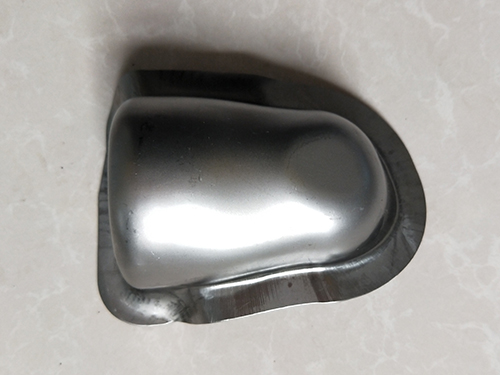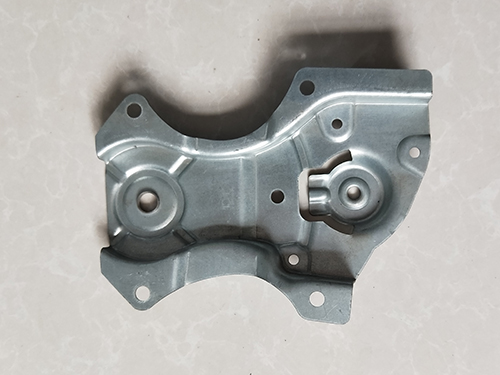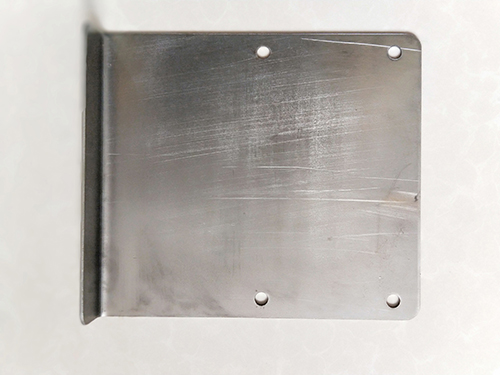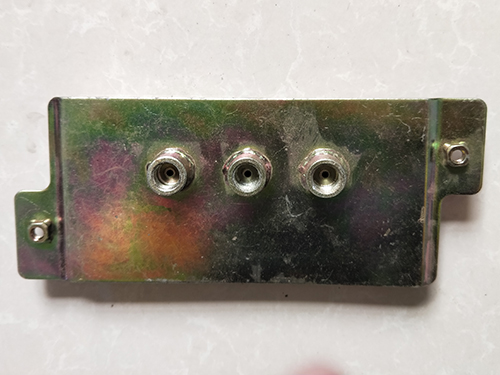A Preliminary Analysis of Cost Reduction and Optimization Methods for Automotive
Cost is crucial for any enterprise, and cost control can be said to be the core of enterprise management. For automobile manufacturing enterprises, cost growth has become one of the important factors affecting the development of China's automobile industry. 60% to 70% of automotive components are stamped parts. From this, it can be seen that the efficiency of raw material usage for automotive stamping parts almost determines the overall efficiency of raw material usage in the entire automotive production process. Based on this, the author combines practical work experience and believes that for cost reduction and optimization of automotive stamping parts raw materials, it is necessary to control the various links such as material selection, use, and recycling.
1. Pay attention to the purchase and distribution of raw materials for stamping parts
When selecting materials, it is necessary to choose materials reasonably based on the type and usage characteristics of automotive stamping parts. Blindly choosing materials for the sake of pursuing excellence or blindly choosing inferior materials to save costs is not acceptable. The stress characteristics of different stamped parts are different during use. Generally speaking, the basic requirements for selecting materials for automotive stamping parts are to meet the performance and processability of automotive components, followed by the economy of raw materials.
Specifically, companies should focus on the following areas of work:
1、 Price analogy to achieve diversification of material suppliers. At present, domestic steel products are priced higher by Baosteel (with better performance). Therefore, under the premise of stamping quality, some B/C stamping raw material suppliers have been adjusted to compare and demonstrate the feasibility of using Ansteel, Magang and other low-grade steel products.
Optimize material grades to prevent high grades and low usage of raw materials. In the design process of stamping parts, high-grade materials may be selected. Therefore, under the premise of stamping quality, the materials of some parts are adjusted from high grades to low grades, maximizing the utilization of the mechanical properties of the materials themselves.
Thirdly, establish a procurement team. Determine its organizational strategic position and establish a reasonable procurement process based on project management concepts. At the same time, in terms of supplier management, regular restructuring should be carried out, and procurement prices should be managed and optimized.
2. Improve the utilization rate of raw materials for stamping parts
Improving the utilization rate of raw materials is the main way to reduce costs and optimize automotive stamping parts. The higher the utilization of materials, the higher the utilization rate of materials, and the lower the production cost, all other conditions being equal. To improve the utilization rate of materials, we mainly start from the following aspects
1、 Application of technology. This method of reducing raw material costs should be combined with the actual situation of the enterprise, and selectively adopt processes such as laser welding, swing cutting, arc cutting, and continuous cutting to improve the efficiency of raw material use. Especially with laser welding technology, the number of parts can be reduced by 66%, which not only reduces the number of molds used but also improves the utilization rate of raw materials.
Optimization of cutting dimensions for parts. Enterprises should regularly conduct systematic analysis of the shape, size, accuracy, mechanical properties, and other elements of automotive stamping products and finished products, and optimize the cutting dimensions based on equipment and mold processes. For example, adjusting the auxiliary surface of the drawing process to reduce the cutting size of the parts, optimize the material process quota, and improve material utilization.
Thirdly, optimization of material placement and sampling. Current process: Horizontal cutting of sheet metal and single material feeding, with a material utilization rate of about 60.35%. After using continuous feeding to reduce single-sided feeding, the utilization rate is increased to 61.15%, an increase of 0.8%. Further optimize the material layout and use a staggered tooth arrangement to achieve a material utilization rate of 68.39% Increased by 8.04%.
Fourth, combine cutting and waste recycling. For large block or angular materials such as side panel outer and back panel outer that cannot be reused after punching, taking into account factors such as process size, material grade, and mold structure, surplus materials are used to produce some small and medium-sized stamped parts. In addition, if surplus materials are generated during the cutting process, a multi part combination cutting method can be used to minimize the production of surplus materials. However, it is worth noting that in the process of conducting process analysis, it is necessary to plan reasonably and strive to achieve a high utilization rate of surplus materials.
Fifth, optimize the process. For example, after process optimization and mirror image of the inner stiffening plate of the outer plate of the longitudinal beam, one piece of the first mock examination is adjusted to two pieces of the first mock examination, and the material utilization rate is increased from 14% to 40%.
3. Strengthen on-site management of production workshops
On site management is very important for productive enterprises. Automobile manufacturing enterprises should strictly follow the principle of first out to manage the use of materials, which can reduce many material losses caused by human factors. Secondly, it is also possible to control the consumption of raw materials, auxiliary materials, and tools during the production process. It is worth emphasizing that material consumption should be controlled, and strict management should be carried out in the processes of material collection, feeding, replenishment, return, and waste recycling. The principle of quota material usage should be strictly followed, and situations where materials are not saved should be discovered and resolved in a timely manner.
4. Strengthen training for production personnel
Strengthen the training of production personnel, including those responsible for stamping production and those responsible for repairing non-conforming stamping parts. The purpose of training production personnel is to guide them to adopt the correct methods of production operations and avoid situations where products are scrapped due to unskilled work skills. At the same time, once such product quality defects are formed, it is inevitable that repair personnel will be needed. It can be said that the technical level of repair personnel directly determines the reuse rate of quality defective products.
The cost reduction and optimization work of automotive stamping parts raw materials involves the entire production system, from the selection and design of stamping parts to the production of parts. It is not only necessary to control the procurement cost of raw materials, but also to control the various links of raw material use. On the one hand, it is necessary to reduce the waste and loss of raw materials, and on the other hand, it is necessary to focus on improving material utilization. In addition, it is worth emphasizing that cost reduction and optimization of raw materials for automotive stamping parts should comprehensively consider various factors, and cannot simply reduce costs without considering the quality of automotive stamping parts.







